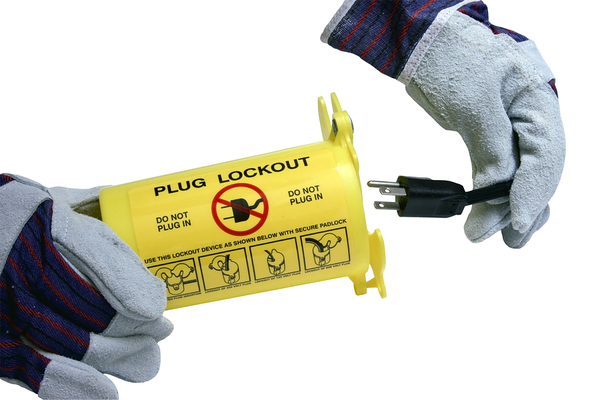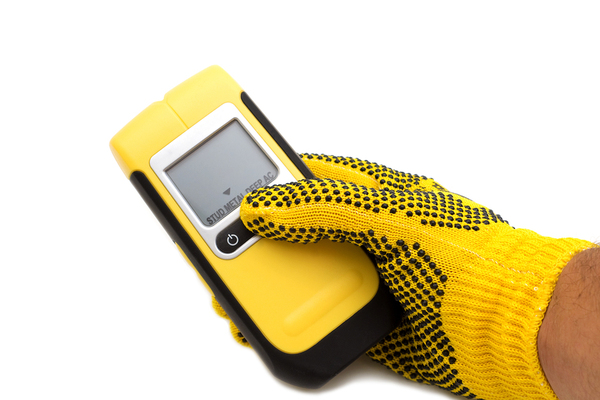6 Electrical Safety Tips to Protect Your Team on the Job

We often take electrical safety for granted, and that's how accidents happen. In 2010, just in America,there were 150 workplace fatalities due to electrical accidents, and many, many more injuries ranging from the minor to hospitalizations. Nobody wants a fleet at risk, so make sure that everyone knows these electrical safety tips.
Any Wire Is A Live Wire
The fundamental rule of thumb when handling any wire, whether it's a thin little wire in a truck cab or a thick automotive wire connected to a battery, is to assume that it's live until it's been disconnected from any possible power source. While this may seem like old-hat, it's always worth emphasizing -- because the one time it's forgotten will be the time there's current going through it.
Watch The Water
Whenever water and electricity mix, it's enormously unsafe. Water, at least out of the mains, is extremely conductive of current. Fleets need water to clean, to cool down parts, and for other uses around the facility. So practice water safety and awareness. Keep pressure washers and other tools well away from electrical maintenance bays; drinks and water bottles should be removed from any fleet electrical engineering areas; and fire suppression and extinguishers should be clearly marked, with any water extinguishers limited to areas that need them.
Always Wear Safety Gear
No matter how hard we work to ensure safety, an accident will happen sooner or later. Safety gear will ensure that injuries are kept to a minimum when accidents strike. When dealing with potential live wires, wear insulated gloves and boots, eye protection, and non-flammable clothing. This should be available to the whole fleet, and policy that they be used when handling electrical material.

Use Proper Circuit Protection
Circuit protection is an overlooked aspect of electrical supplies, but it's often the most important aspect of electrical safety. When building a new circuit (or repairing an old one), circuit protection ensures that a sudden spike in current won't melt insulation, spray sparks, start fires and otherwise cause safety hazards. Also, know what happens when a surge hits a circuit. Blown fuses will need to be replaced, and diodes will need to be examined closely for potential damage. In addition, have plenty of shock protectors around, at least for each extension cord your fleet might use.
Build Strong Connections
Another often overlooked aspect of electrical safety is wiring safety and connection protection. Even a few simple rubber grommets in the right place can keep wires snug, or a hook and loop connection can keep a wire from sagging and, ultimately, disconnecting. Before adding any wire, make sure that it's supported properly, and it'll ensure a safer fleet.
Remove And Replace
Finally, when looking at any electrical system, if you've got any suspicion about a component -- at all -- it's better to remove and replace it than it is to assume it'll do. If you smell burning insulation, see signs of singing or corrosion, or any other indication a component might have gone bad, replace it. It's safer in the long run.
If you're ready for a safer fleet, start with our circuit protection products.
Subscribe Now
Subscribe and be the first to know when new articles are published.
